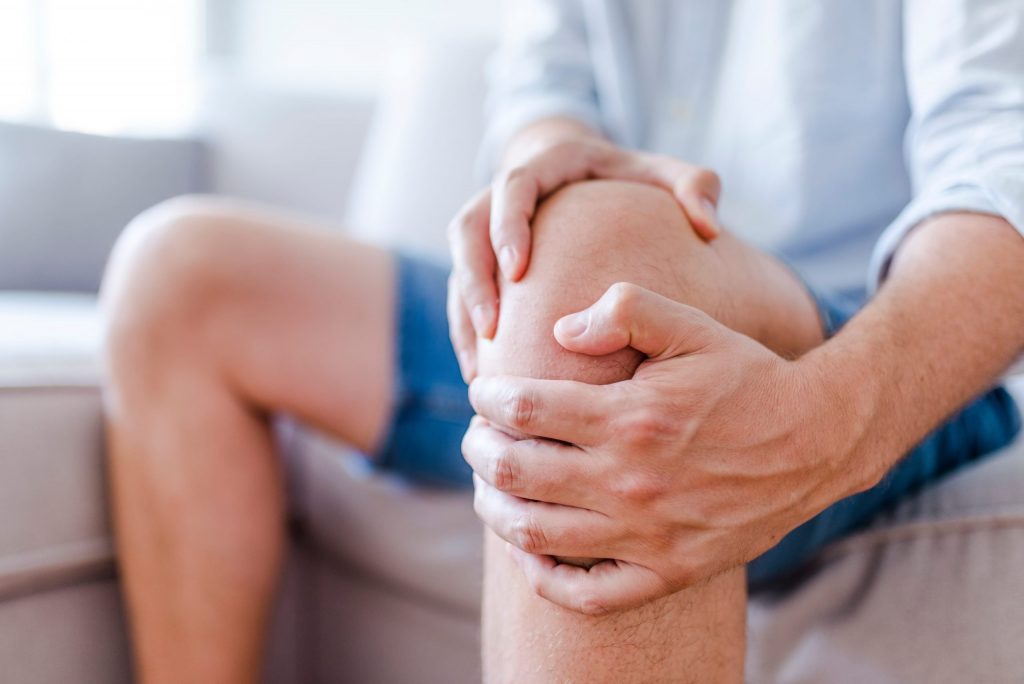Osteoarthritis – often referred to as OA and the most common form of arthritis – is a condition that can potentially affect any of the joints of the body. Commonly the result is a level of pain and/or a loss of function and movement. The tissues that are involved include joint cartilage (hard and slippery tissue that covers the bone at the joint), subchondral bone (the bone immediately under the joint cartilage), joint capsule (think of it as the packaging material of the joint) and synovial membrane (the inner lining of the joint capsule that produces the lubricating fluid of the joint). By association, any muscles that move that joint can become weak and nerves can become sensitised (more irritable).
The risk factors of OA include:
- Increasing age
- Female gender
- Previous joint trauma
- Genetic factors
- Poor mechanical alignment of the joint and how it moves
- Increased body weight
The natural course of OA is quite varied. Symptoms do not always progressively worsen. In fact, 12-30% of people see an improvement of initial presenting symptoms. And in 35-60% of people, the symptoms do not worsen over time. In other words: a diagnosis of OA is not necessarily a sentence for a rapidly deteriorating joint. Rather, it is more common to have periodic flares from time to time and appropriate management will optimise the outcomes.
The cause of pain with osteoarthritis is still being studied. Inflammation of the synovial membrane (synovitis) appears to be a significant cause of the pain with OA resulting in the release of inflammatory chemicals in and around the joint. You may notice this as localised joint swelling and sometimes redness or heat. Excessive inflammation accelerates joint degeneration.
Recently it has been found that the process of osteoarthritis commonly is associated with a sensitised sensory processing. In other words, the joint becomes more ‘irritable’ and ‘sensitive’. Anxiety or depression can add to a more sensitive nervous system. The reverse can also occur, that is, the pain and loss of function of OA can add to anxiety or depression.
Management of osteoarthritis is guided by science and includes:
- Self-management – Taking an active motivated role in management leads to better outcomes. This includes obtaining information of the condition from reliable sources, seeking health care and participating in treatment. You can also read our top tips for eating well with OA.
- Exercises – Beneficial on several levels a) specific strengthening of muscles that have become weak b) cardio-based exercise improves mind health, reduction of pro-inflammatory metabolism and assists in managing weight c) specific stretching of movements / muscles that have become restricted d) improves co-ordination and movement efficiency
- Weight-management – Obesity is associated with an increase in forces on load bearing joints (such as hips, knees and ankles) and is associated with a pro-inflammatory state in the body.
- Manual “hands-on” therapy – A course of manual treatment can enhance the effectiveness of exercises and improve the “mechanics” of the joint.
- Heat or Ice – Useful adjunct in reducing pain.
- Acupuncture / TENS – In general the evidence is somewhat mixed. Each case should be considered individually.
- Braces / Splints / Aids – Can be helpful in individual cases to reduce “load” on the joint.
- Supplements – Most widely researched include glucosamine chondroitin and fish oil. Some benefit achievable for some, but not all.
- Medications – Primarily for pain relief (analgesia) and management of inflammation. Seek advice of a medical practitioner.
- Injectables – Most commonly used is cortisone. Seek advice of a medical practitioner.
- Surgical options – Seek advice of a medical practitioner.
Book here if you need to get started on management of this condition on the Central Coast.
Reference: Best evidence rehabilitation for chronic pain Part 5: Osteoarthritis. Journal of Clinical Medicine 2019, 8(11), 1769

